Native name 青沼 英二 Name Eiji Aonuma | Role Video Game Designer | |
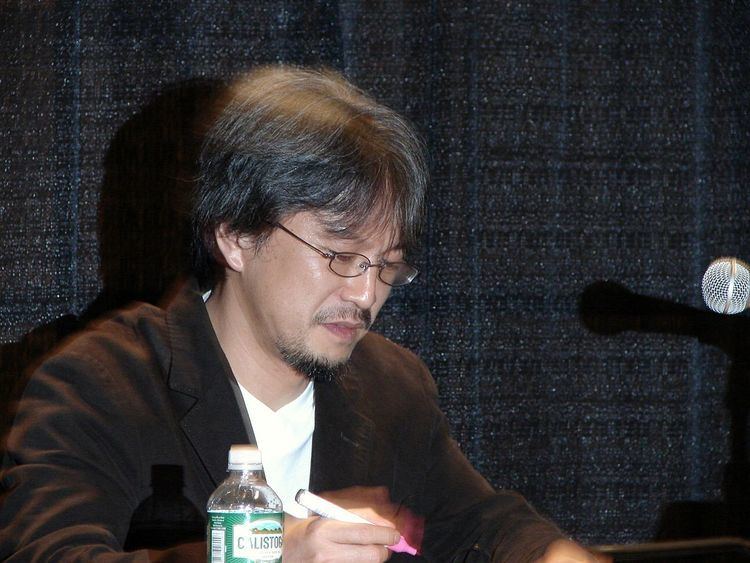 | ||
Full Name Eiji Onozuka (小野塚 英二) Books The Legend of Zelda: Hyrule Historia Similar People Shigeru Miyamoto, Masahiro Sakurai, Koji Kondo, Reggie Fils‑Aime, Takashi Tezuka | ||
Eiji aonuma and shigeru miyamoto on their game design motivations
Eiji Aonuma (Japanese: 青沼 英二(あおぬまえいじ), Hepburn: Aonuma Eiji, born March 16, 1963) is a Japanese video game designer, director and producer, who works for Nintendo as the series producer and manager of The Legend of Zelda.
Contents
- Eiji aonuma and shigeru miyamoto on their game design motivations
- Eiji aonuma anuncia the legend of zelda the wind waker y m s wii u
- Early life
- Nintendo
- Music
- References
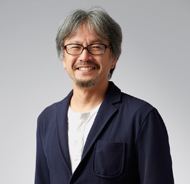
Eiji aonuma anuncia the legend of zelda the wind waker y m s wii u
Early life
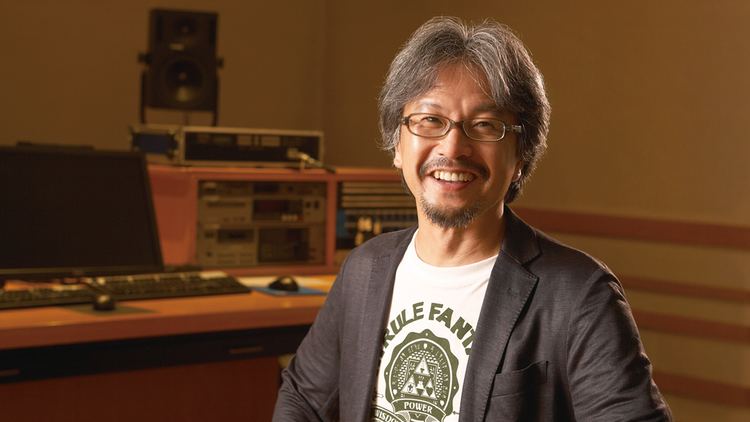
Aonuma attended the Tokyo National University of Fine Arts and Music where he majored in design, working on moving mechanical figures. He graduated in 1988.
Nintendo
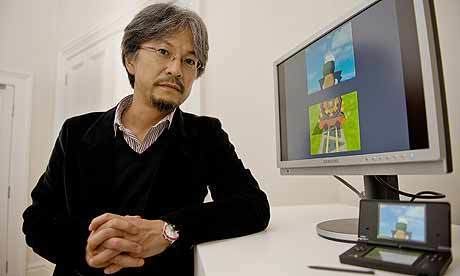
After graduating, he interviewed at Nintendo. Aonuma met Shigeru Miyamoto during the interview, and showed Miyamoto samples of his college work. When he landed a job at Nintendo, however, he had never played a video game before, as he never grew up playing video games as a child. He asked his girlfriend about video games, and she introduced him to two Yuji Horii games, Dragon Quest (1986) on the Famicom and The Portopia Serial Murder Case (1983) on the PC-8801, which were the first video games he ever played.
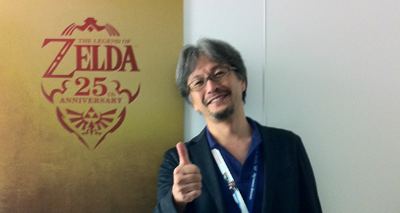
His first projects involved graphic design, creating sprites for Nintendo Entertainment System games such as 1991's NES Open Tournament Golf. Aonuma was director of development on 1996's Marvelous: Mouhitotsu no Takarajim for the Super Nintendo Entertainment System. In a move which Aonuma attributes to his position on the Marvelous team, Miyamoto recruited Aonuma to join the development team for the Zelda series.
He spent several years as a lead designer of The Legend of Zelda series: 1998's The Legend of Zelda: Ocarina of Time and its sequel Majora's Mask, both for the Nintendo 64; and The Wind Waker, the first Zelda game for the GameCube. After The Wind Waker, Aonuma considered moving onto other projects, but was convinced by Shigeru Miyamoto to continue with the Zelda series. He codeveloped The Legend of Zelda: Twilight Princess, the second major Zelda game to be released for the GameCube and a launch game for the Wii. He was voted Designer of the Year for his work on Twilight Princess in Electronic Gaming Monthly's 2006 1Up Network Awards. He then codeveloped a sequel to The Wind Waker for the Nintendo DS, The Legend of Zelda: Phantom Hourglass, followed by another Nintendo DS title, The Legend of Zelda: Spirit Tracks. He codeveloped Link's Crossbow Training, which is the first game to use the Wii Zapper. He has since produced The Legend of Zelda: Skyward Sword for the Wii, The Legend of Zelda: A Link Between Worlds for the Nintendo 3DS, and The Legend of Zelda: Breath of the Wild for the Nintendo Switch and Wii U.
In November 2016, Aonuma received the Lifetime Achievement Award at the Golden Joystick Awards.
Music
Aonuma plays percussion as a member of a brass band he founded with five others in 1995, known as The Wind Wakers, named after the game of the same name. The band comprises over 70 Nintendo employees who perform four concerts a year.
